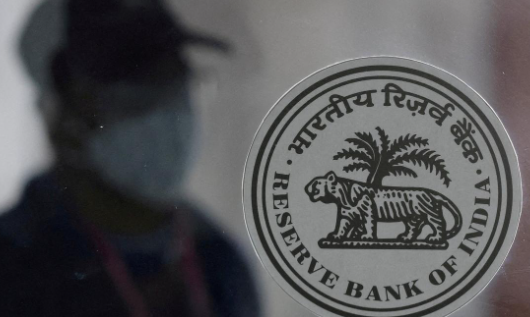SBI, HDFC Bank, ICICI Bank: RBI’s 2024 List of Domestic Systemically Important Banks (D-SIBs)
Recently, the Reserve Bank of India (RBI) has reaffirmed the status of State Bank of India (SBI), HDFC Bank, and ICICI Bank as Domestic Systemically Important Banks (D-SIBs). This classification remains unchanged from the previous year. The RBI continues to monitor these banks closely due to their important role in the financial system.
D-SIB Classification and Requirements
The D-SIB framework was introduced to ensure financial stability. It requires banks to maintain higher capital buffers. These buffers are determined by a bank’s Systemic Importance Score (SIS). SBI, HDFC Bank, and ICICI Bank are categorized into different buckets based on their SIS. Each bucket has specific capital requirements.
Capital Requirements for D-SIBs
For 2024, SBI must maintain an Additional Common Equity Tier 1 (CET1) requirement of 0.80% of its Risk Weighted Assets (RWAs). HDFC Bank’s requirement is set at 0.40%, while ICICI Bank’s is 0.20%. These requirements ensure that these banks can absorb losses and remain solvent during financial distress.
Changes Effective from April 2025
Starting April 1, 2025, the D-SIB surcharge will increase for SBI and HDFC Bank. SBI’s surcharge will rise to 0.80%, and HDFC Bank’s will increase to 0.40%. Until then, the existing surcharges of 0.60% for SBI and 0.20% for HDFC Bank apply. This phased approach allows banks to adjust their capital strategies.
RBI Framework Update
The RBI issued its initial framework for D-SIBs on July 22, 2014, and updated it on December 28, 2023. This update reflects ongoing changes in the banking sector and aims to enhance the resilience of the financial system. The framework mandates that the RBI publicly disclose D-SIBs annually.
Global Systemically Important Banks (G-SIBs)
Foreign banks with branch presence in India that are classified as Global Systemically Important Banks (G-SIBs) must adhere to additional capital requirements. These requirements are proportional to their RWAs in India. The additional CET1 buffer is calculated based on the G-SIB’s home regulator’s requirements.
Historical Context of D-SIB Designation
SBI was first designated as a D-SIB in 2015, followed by ICICI Bank in 2016 and HDFC Bank in 2017. This historical context marks the importance of these banks in the Indian financial landscape. The RBI continues to assess the systemic importance of these institutions based on evolving data and market conditions.
The RBI closely monitors compliance with D-SIB requirements. Banks are expected to maintain adequate capital levels and report their financial status regularly. This monitoring ensures that the banking system remains stable and capable of withstanding economic shocks.
Important Facts for Exams:
- D-SIB: Domestic Systemically Important Banks are crucial for financial stability. They must maintain higher capital buffers determined by their Systemic Importance Scores to absorb potential losses.
- CET1: Common Equity Tier 1 is a key measure of a bank’s financial strength. It represents the core capital that banks must hold to ensure solvency during financial distress.
- SIS: Systemic Importance Score assesses a bank’s impact on the financial system. Higher scores lead to stricter capital requirements to mitigate risks to economic stability.
- G-SIB: Global Systemically Important Banks must meet additional capital requirements in India. These requirements are proportional to their Risk Weighted Assets and reflect their global financial significance.
Month: Current Affairs - November, 2024
Category: Economy & Banking Current Affairs


